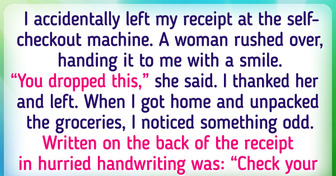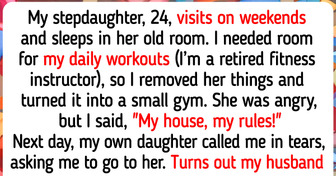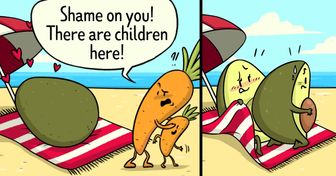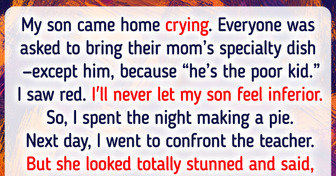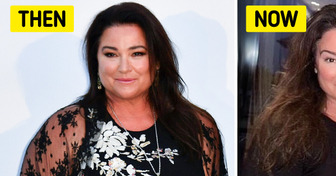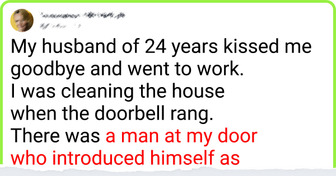Bright Side Readers Shared What Things Proved Their Parents’ Endless Love to Them

In the fourteenth century, the size of shoes was determined with barleycorn: 3 corns made 1 inch. Today, it’s much easier to determine one’s size, but it can still be really hard to find a good pair of shoes. There are many details we neglect and end up buying something bad.
Bright Side has prepared a list of popular mistakes we make when buying shoes and ways to avoid them.
The heel is there not only for aesthetics — it’s supposed to support the foot. We take steps from heel to toe, so there has to be enough support there. This is why the heel of the shoe has to be directly under the heel of your foot. If it’s a bit closer to the middle, the weight will be distributed in the wrong way, causing you to tire faster.
Heels that are too high or toes that are too pointed can hurt your feet. Imagine what a terrible combo you can have if you wear shoes that have both: the pressure on the toes will be huge. This is why it’s better to choose either one or the other. If you have a high heel, the toe should be wide.
If you like pointed shoes, they shouldn’t be too tight (there should be enough room for the toes), or simply choose to wear them on special occasions only.
This might seem strange, but not all sneakers are made for doing sports. More than that, different sports require different types of shoes. For example, for basketball players, there are high sneakers, and for runners, there should be more arch support. Good sneakers for walking are not as good for running and jumping.
If you do sports in shoes that are meant for walking, they will get ruined very fast. That’s why you should take the reason behind your purchase into consideration.
Obviously, size is one of the most important things to consider when shopping for new shoes. But even if the shoes fit you, it may be too soon to decide to buy them. Look at all the pieces of the shoes. Are they made well? Are the laces strong enough? How well are the decorative pieces attached to the shoes? Does the zipper work properly? If you’re shopping for sandals, check how adjustable the straps are.
In many shoe stores, there are mats near the mirror. Very often, we don’t even step off of them. But these cute mats may actually lead us to buy the wrong pair of shoes. The mats make the soles feel softer than they are, so to really test your shoes, step off the mat and walk around the room to see how comfortable the shoes actually are.
5 steps are not enough to understand how comfortable shoes are on your feet. They won’t allow you to experience how they really feel. So, chances are you’ll get tired really quickly in this pair. It’s recommended to wear each pair for at least 15 minutes. This means you’ll have to walk around the store for much longer than usual.
It’s not about style. The upper part of some sandals has only a few straps that can’t really hold the foot as well as they should. This is why shoes are not that stable, and your legs will get tired way faster.
Not all people know the shape of their feet, nor do they take it into account when buying new shoes. But the anatomy can have a great impact on how comfortable a certain pair is. The main factor is the length of your toes, and there are 3 types of feet. In the Egyptian type, the longest toe is the big toe, and the length of each toe is shorter than the previous one. With such feet, you can wear shoes with elongated or round toes. Narrow toes should be avoided.
In the Roman foot, the first, second, and third toes are the same length. People with such feet should wear shoes with square and round toes. In Greek feet, the longest toe is the second one. Pointed toes are the best choice in this case.
In order to reduce the chances of buying uncomfortable shoes, you should try them on wearing the socks you’re going to wear the shoes with. For example, if you’re buying winter boots, it’s doesn’t make sense to try them on with thin, summer socks. In winter, you’re going to wear bigger socks, so take a pair of those to the store. This way, you will choose a pair that really fits you.
What do you usually pay attention to when buying new shoes?

